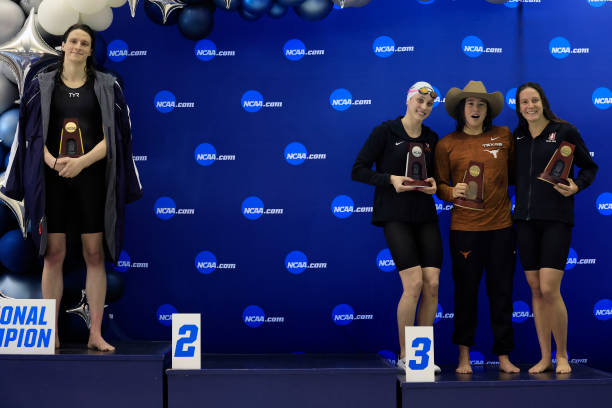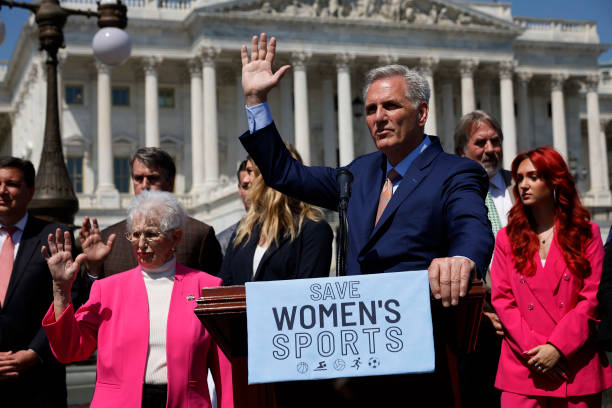The NAIA council’s president approved the new policy with a 20-0 vote after a widespread survey pushed for this movement this past December. The new policy consists of only student athletes whose assigned sex at birth is female will be allowed to compete in NAIA-sponsored sports teams effective August 1st 2024.
“We know there are a lot of differing opinions out there,” NAIA president Jim Carr told CBS sports. “For us, we believed that our first responsibility was to create fairness and competition in the NAIA.”
However the NAIA wants to give a platform for all athletes to compete, as athletes who can not compete in women’s sports can compete in their binary sport as a male.
“It’s important to know that male sports are open to anyone,” Carr added to CBS sports.
Under this new policy transgender men and transmasculine can compete on women’s teams if they haven’t started masculinizing hormone therapy. If an athlete has started hormone therapy they can compete in workouts and practices, still being able to be an avid member of the team.
However the National Collegiate Athletic Association has taken a significantly different approach on the topic of transgender athletes competing. In 2010 the NCAA put policies in place for transgender athletes being allowed to compete. According to the NCAA they call for one year of testosterone suppression treatment and documented testosterone levels submitted before championship competitions.
However this NCAA policy quickly gained controversial fire at the hands of Lia Thomas on June 20th, 2022. In March 2022 Thomas won the 500-yard freestyle event at the NCAA division 1 national women’s championship. This very event caused 16 athletes to file a lawsuit alleging Thomas’s participation violating Title X1.

Ever since this event the department of education in April 2023 proposed a rule that would change Title IX to bar blanket prohibitions on trans students competing on sports teams that align with their gender identities. However, the measure would permit some restrictions in more elite levels of sports competition, such as high school and college

This all is evidence that the NAIA made a groundbreaking decision to be the first to change their policies. Their policies will go into effect in the fall, which will forever change women’s collegiate sports for the foreseeable future.




